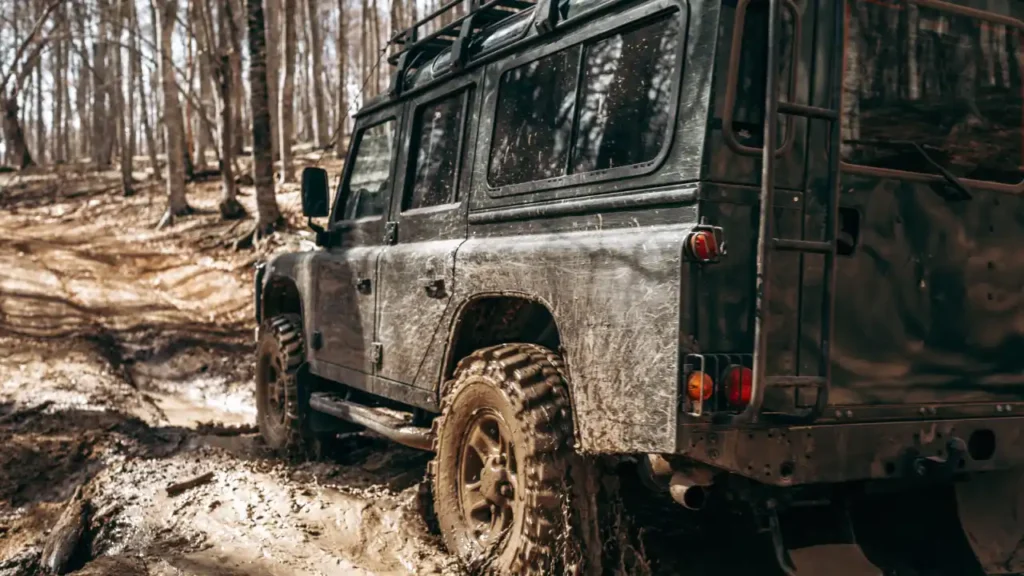
Free monthly entries to ALL giveaways
+1 every month
+5 every month
+10 every month
5%
125
150
350
100
100
50
Cancel membership anytime
Terms apply
apply

Written by
Admin
Published
August 20, 2024
Australia’s rugged landscapes beckon adventure-seekers and off-roaders, offering unpaved roads that wind through deserts, rainforests, and coastline. Among the innovations that are enhancing the off-roading experience, Vehicle-to-Load (V2L) technology stands out as a game-changing feature for enthusiasts exploring the vast wilderness of the Outback or the sandy shores of the Gold Coast. What used to be the realm of portable generators and dual-battery systems is now rapidly shifting towards integrating onboard power supply systems thanks to V2L.
Vehicle-to-Load technology allows vehicles, specifically electric vehicles (EVs) and some hybrids, to supply AC power directly from their batteries to external devices. The system typically consists of onboard inverter(s) and one or more external power outlets. This capability transforms the vehicle into a mobile power source, ideal for off-grid adventures where electricity is otherwise scarce.
The advantages of V2L are numerous, particularly for the Australian off-roader:
It’s noted in recent trends that the uptake of EVs, including those with off-road capability, is on the rise in Australia. With increasingly stringent emissions regulations and a shift in consumer preferences towards sustainability, this trend supports the integration and benefits of V2L technology in the off-roading context.
Imagine tackling the legendary Gibb River Road or the Simpson Desert, where power infrastructure is virtually non-existent. The presence of V2L tech in your off-road vehicle would dramatically reduce reliance on traditional power sources. The Australian market has seen a promising introduction of EVs and PHEVs (Plug-in Hybrid Electric Vehicles) with V2L capabilities. Companies like Hyundai with their IONIQ 5 and Mitsubishi with their Outlander PHEV are paving the way. These vehicles have begun to challenge the dominance of internal combustion engine-driven 4WDs that have long been the favorites of off-road enthusiasts.
According to historical statistics, the utilisation of onboard power systems in off-road conditions has traditionally hovered around the necessity for auxiliary battery systems or portable generators. However, since the introduction of vehicles capable of V2L, there’s a growing trend towards integrating these functionalities directly into the vehicle, offering a more seamless and eco-friendly off-roading experience.
Finally, one cannot ignore the possibilities of using V2L as a social benefit. Off-roaders often traverse mutual paths, and the ability to offer power assistance to fellow adventurers in need could foster a stronger community spirit. Furthermore, in the wilderness of Australia, where the nearest power source could be hundreds of kilometers away, V2L isn’t just a convenience, it could be lifesaving.
In summary, Vehicle-to-Load technology enhances the off-road experience by making it more convenient, sustainable, and secure. As the Australian automotive market continues to embrace electric and plug-in hybrid vehicles, the off-roading landscape is poised for an electric revolution, with V2L leading the charge.